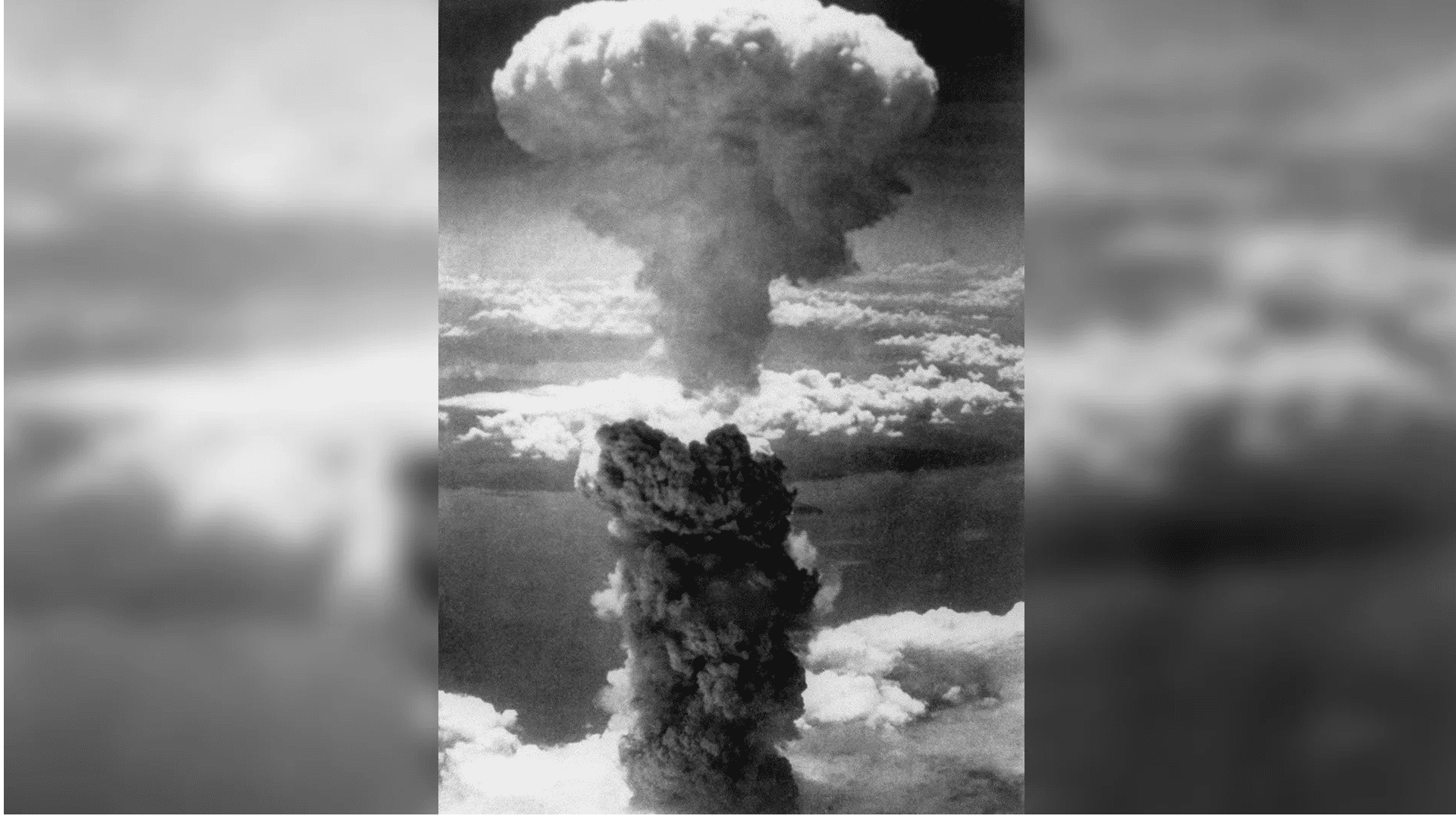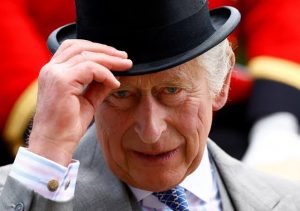Victory over Japan Day, also known as V-J Day, is observed every year on August 15 to commemorate Japan’s surrender to the Allied forces in 1945.
Although Europe declared its victory on May 8, 1945, after the Nazi forces pulled out of the World War II, the Allied powers continued to fight Japan in the east, which killed several soldiers from the US, Britain, France, and other Allied countries.
The territorial shift of the war happened after Japan dropped a bomb on the Pearl Harbour, Hawaii ,in the United States on December 7, 1941. For the next 44 months, the Pacific region witnessed some of the most aggressive battles of WWII. The Allies had asked Japan to surrender by July 26, but the war continued without them doing so.
As a retaliation, the US, on August 6, 1945, dropped an atomic bomb on the Japanese city of Hiroshima, following another attack on Nagasaki three days later. The bombings killed more than 1,40,000 people and left many other injured from the effects of nuclear radiation. Things turned worse for Japan when Russia, too, broke their neutrality pact with the country on August 9.
Japanese Emperor Hirohito announced the country’s surrender on August 15 over the radio. The formal surrender documents were signed on September 2 on the USS Missouri battleship, which was anchored off Tokyo.
Japan’s surrender practically put an end to World War II while the US occupied the country until 1952. Britain’s Prime Minister Clement Atlee announced two days national holiday –on August 15 and 16– in order to mark the victory and celebrate V-J Day.







